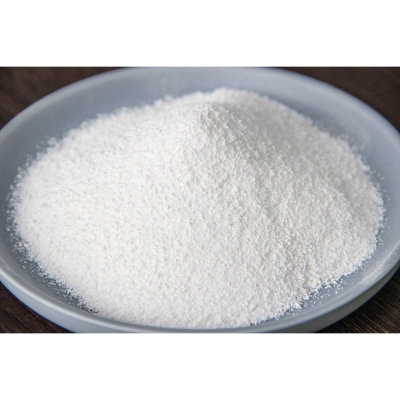-
Categories
-
Pharmaceutical Intermediates
-
Active Pharmaceutical Ingredients
-
Food Additives
- Industrial Coatings
- Agrochemicals
- Dyes and Pigments
- Surfactant
- Flavors and Fragrances
- Chemical Reagents
- Catalyst and Auxiliary
- Natural Products
- Inorganic Chemistry
-
Organic Chemistry
-
Biochemical Engineering
- Analytical Chemistry
-
Cosmetic Ingredient
- Water Treatment Chemical
-
Pharmaceutical Intermediates
Promotion
ECHEMI Mall
Wholesale
Weekly Price
Exhibition
News
-
Trade Service
Biocom reports: Recombinase Polymerase Amplification ( RPA ) is known as a nucleic acid detection technology that can replace PCR (developed by the British company TwistDx Inc )
RPA amplification primers can be said to be the key to the entire reaction, so how can we design RPA primers? (Extended reading: Instead of PCR , RPA can be used in HIV testing )
Choice of primer length
The length of the RPA primer is generally 30 to 35 nucleotides.
Primer sequence requirements
There is no definite sequence design rule for RPA primers, but here are some ready-made experiences for reference:
5 ' ends of 3-5 nucleotides should be avoided polyethylene guanine, cytosine herein are useful to promote recombinant fragments
Limitation of the length of the amplified product
RPA can be amplified up to 1.
If you need to use detection probes, you should leave enough space when designing amplification primers
The main process of primer screening
At present, we cannot judge the amplification performance of primers based on sequence alone, so we need to test and screen candidate primers
It should be noted that the target region should be a template sequence with a relatively "average" nucleotide composition
Biological Communication Editor: Ye Yu






